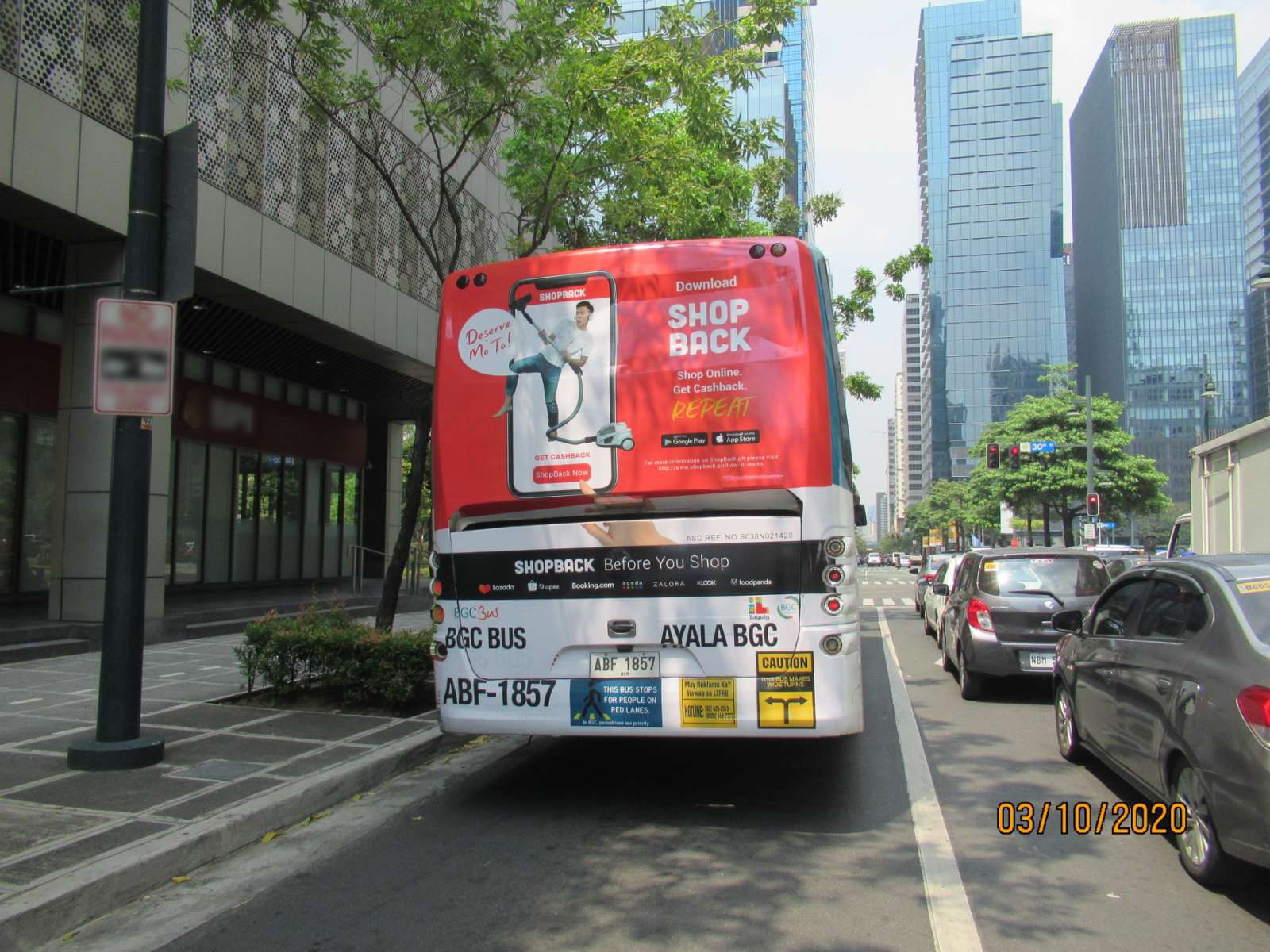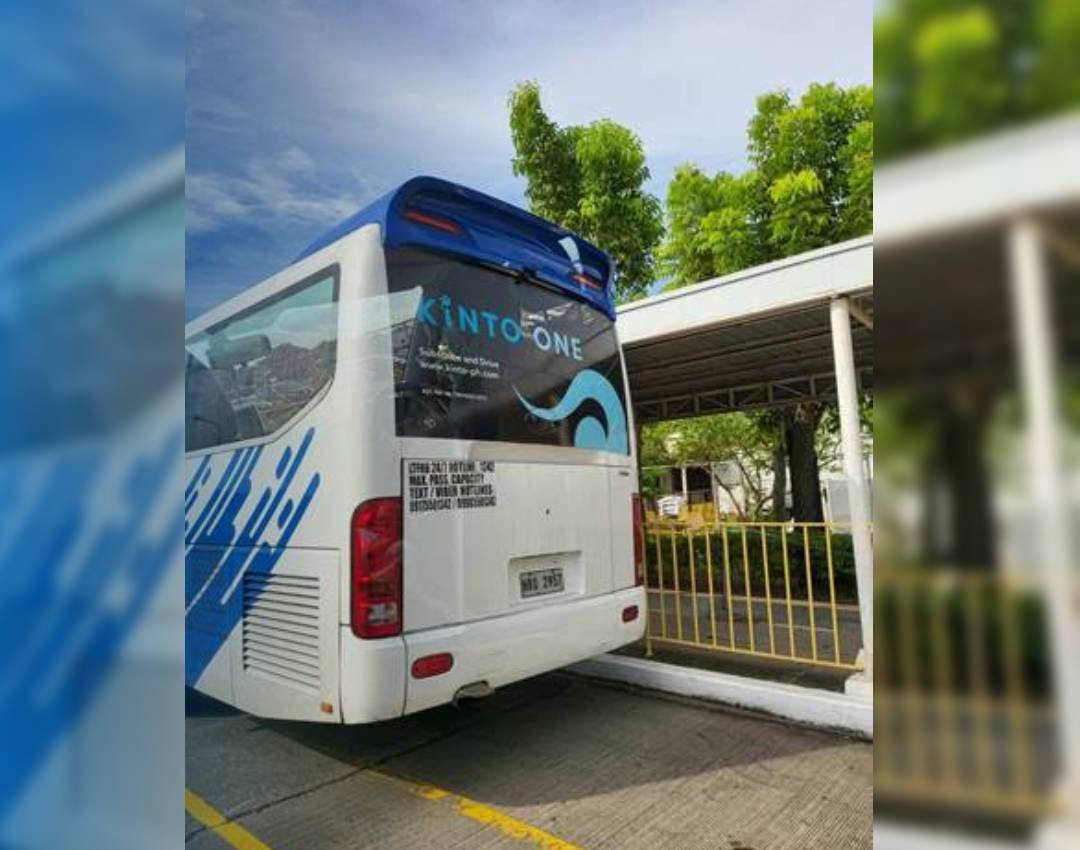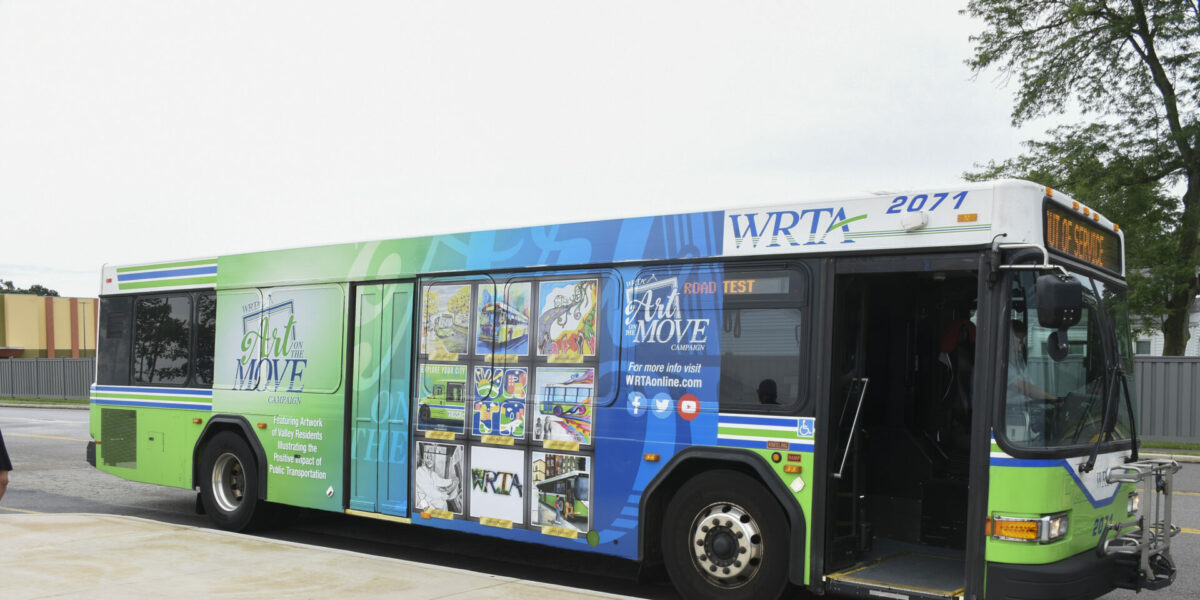Budget Friendly Transit Advertising Philippines for Brand Name Recognition
Budget Friendly Transit Advertising Philippines for Brand Name Recognition
Blog Article
How Transportation Advertising Can Transform Mass Transit Spaces Into Dynamic Advertising Platforms
Transit advertising and marketing holds substantial potential to redefine public transport spaces into lively advertising and marketing systems that educate and engage. As we explore the diverse advantages and advancing methods of transit advertising and marketing, it increases the concern of how this transformation can redefine our interactions with both brand names and the city atmosphere.
Advantages of Transportation Advertising

Additionally, transit marketing is highly cost-efficient contrasted to conventional media. It enables marketers to achieve high impressions at lower expenses, maximizing roi. The captive target market of commuters supplies an opportunity for brand names to convey their messages to people who are frequently receptive during their traveling times.
Additionally, the vibrant nature of transit advertising enables projects to be updated regularly, making sure that messaging remains timely and appropriate. This flexibility can be vital in reacting to market fads or advertising occasions, keeping the brand name top-of-mind for customers. Lastly, the pervasive presence of transit marketing adds to brand recall; duplicated direct exposure within acquainted traveling contexts enhances brand name awareness and cultivates customer commitment, inevitably driving sales and improving brand name credibility.
Types of Transportation Advertising
Mass transit systems give various layouts for marketing, each catering to various advertising methods and audience interaction techniques. One famous type is exterior bus and train covers, which cover the entire car and produce a mobile billboard effect, enabling high presence in metropolitan environments. These covers can catch attention as they traverse busy streets, getting to a diverse target market.
Another popular style is indoor advertising, which consists of posters, digital screens, and ads on transportation seats. These positionings involve passengers throughout their trip, reinforcing brand name messaging in a constrained room. Digital presents, particularly, offer the benefit of vibrant material, enabling advertisers to update messages in real-time.
Terminal marketing is also substantial, including posters, banners, and interactive booths within transit terminals. These ads leverage foot web traffic and can target certain demographics based upon area.
Finally, promotional collaborations with transit authorities can result in distinct projects, such as themed transit experiences or events, enhancing the total engagement with commuters. Each kind of transportation advertising provides distinct advantages, allowing brand names to tailor their strategy to efficiently reach their target audience within the public transport ecological community.
Involving Commuters Successfully
Travelers are increasingly inundated with advertising messages throughout their daily travels, making it essential for brands to involve them in innovative means. To capture attention in this congested room, advertisers should prioritize creative thinking and significance. Making use of attractive visuals and concise messaging can dramatically improve the possibility of engagement.
Interactive aspects, such as QR codes or augmented fact features, can also change static advertisements right into immersive experiences, fostering a deeper connection with the audience. Brands must concentrate on dealing with travelers' rate of interests and requirements, tailoring messages to resonate with their way of life, whether with promos for local services or solutions developed to improve their travelling experience.
In addition, timing use this link plays a critical role; tactically positioning ads throughout optimal travelling hours can make best use of visibility and impact. Engaging travelers properly likewise involves leveraging social networks integration, enabling travelers to share their experiences or promos directly from transit systems, therefore enhancing brand name reach.
Fundamentally, reliable interaction pivots on comprehending the traveler journey and producing engaging, interactive, and appropriate advertising experiences that not just record attention however also drive activity and commitment. By doing so, brands can change mass transit into a vibrant advertising and marketing platform that reverberates with its target he has a good point market.

Measuring Advertising Effect
How can brands properly evaluate the efficiency of their advertising projects in transportation settings? Determining the effect of transportation advertising and marketing needs a multifaceted approach that combines quantitative and qualitative metrics. One common approach is tracking engagement with mobile analytics, where brands can assess foot traffic patterns and application interactions before, during, and after campaigns.
Surveys can provide important insights into brand name recall and consumer view, enabling brands to evaluate exactly how well their messages resonate with commuters. Additionally, checking social media involvement pertaining to specific campaigns can reveal changes in public understanding and brand name conversation.

Furthermore, collaborating with transit firms can boost dimension precision, as they usually have comprehensive demographic data on ridership fads. By incorporating these techniques, brands can create a thorough understanding of their advertising and marketing efficiency, guaranteeing that their projects not just get to however additionally impact their target market properly.
Future Fads in Transit Marketing
A significant shift is expected in transit advertising and marketing as technical developments and transforming consumer behaviors reshape the landscape. Transit Advertising Philippines. The combination of interactive media and electronic display screens is expected to improve engagement, enabling brand names to deliver vibrant material that resonates with varied target markets. As mass transit systems welcome clever modern technology, advertisers will certainly utilize real-time data analytics to tailor messages based on traveler demographics and actions
Furthermore, enhanced truth (AR) is positioned to transform the method travelers connect with advertisements. important site By providing immersive experiences, AR can change a mundane journey right into an appealing story that captures attention and fosters brand loyalty. This technology will likely motivate marketers to create more experiential projects that drive customer communication.
Sustainability is an additional essential trend influencing transportation marketing. As ecological awareness grows, brands will increasingly look for to line up with eco-friendly practices, making use of sustainable products and promoting eco-friendly initiatives within their projects.
Conclusion
In final thought, transportation marketing offers significant advantages by enhancing brand exposure and involving a restricted audience. As patterns evolve, the potential for ingenious interactions in between travelers and brands is poised to expand, ensuring that transportation marketing remains an essential element of contemporary advertising and marketing approaches.
Transportation advertising and marketing holds significant potential to redefine public transportation rooms into vivid advertising platforms that involve and educate. The prevalent presence of transit advertising and marketing contributes to brand recall; duplicated direct exposure within familiar travel contexts strengthens brand awareness and promotes customer commitment, eventually driving sales and improving brand name online reputation.
Exactly how can brand names accurately assess the effectiveness of their advertising projects in transportation environments?In conclusion, transit advertising offers significant advantages by enhancing brand visibility and involving a captive audience. Transit Advertising Philippines. As patterns develop, the possibility for innovative communications between brands and travelers is poised to expand, ensuring that transportation advertising stays an essential component of modern-day advertising techniques
Report this page